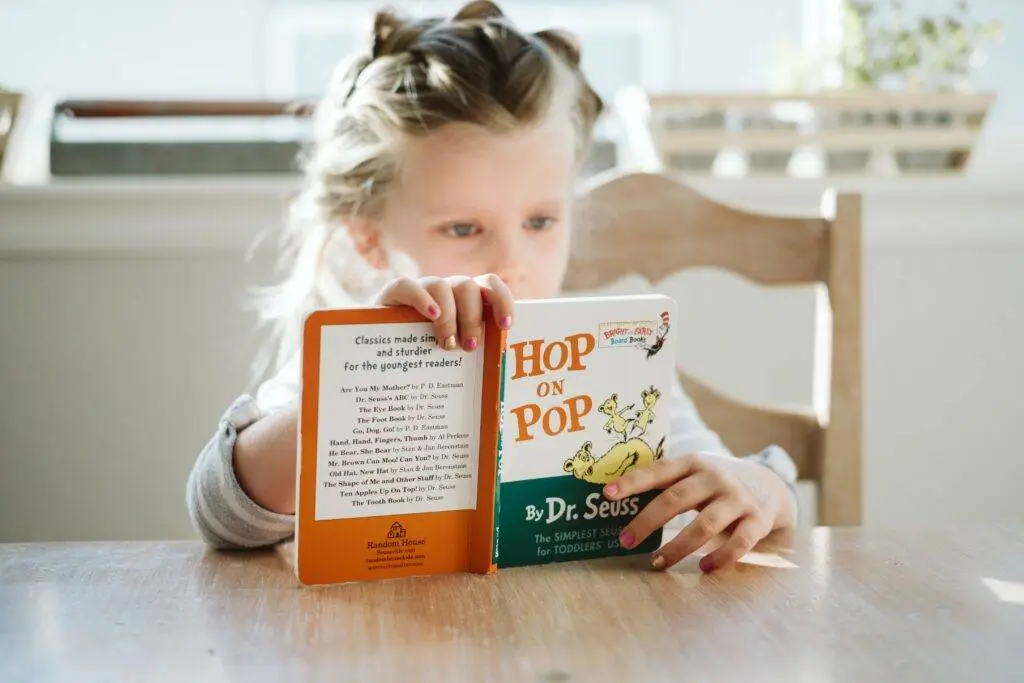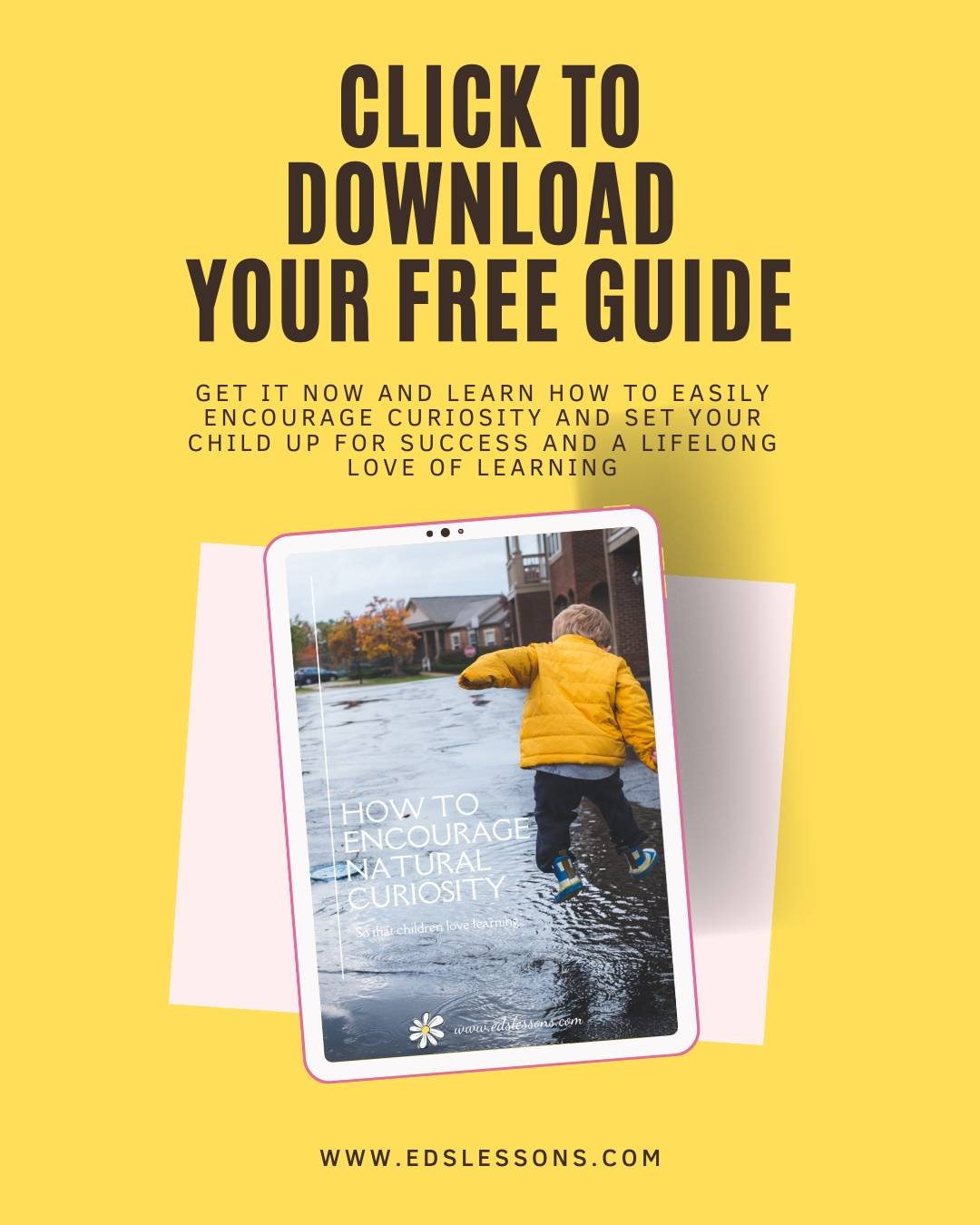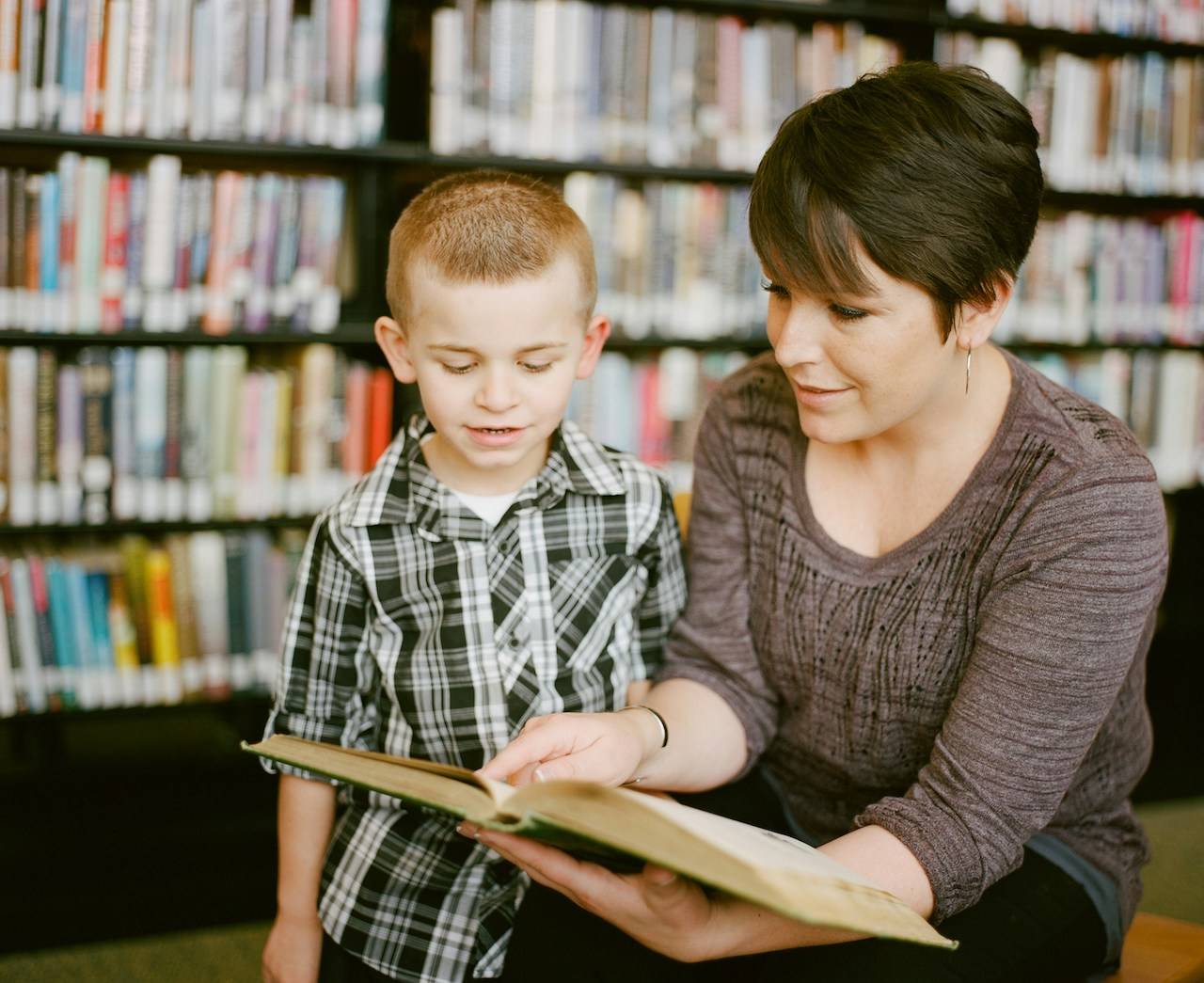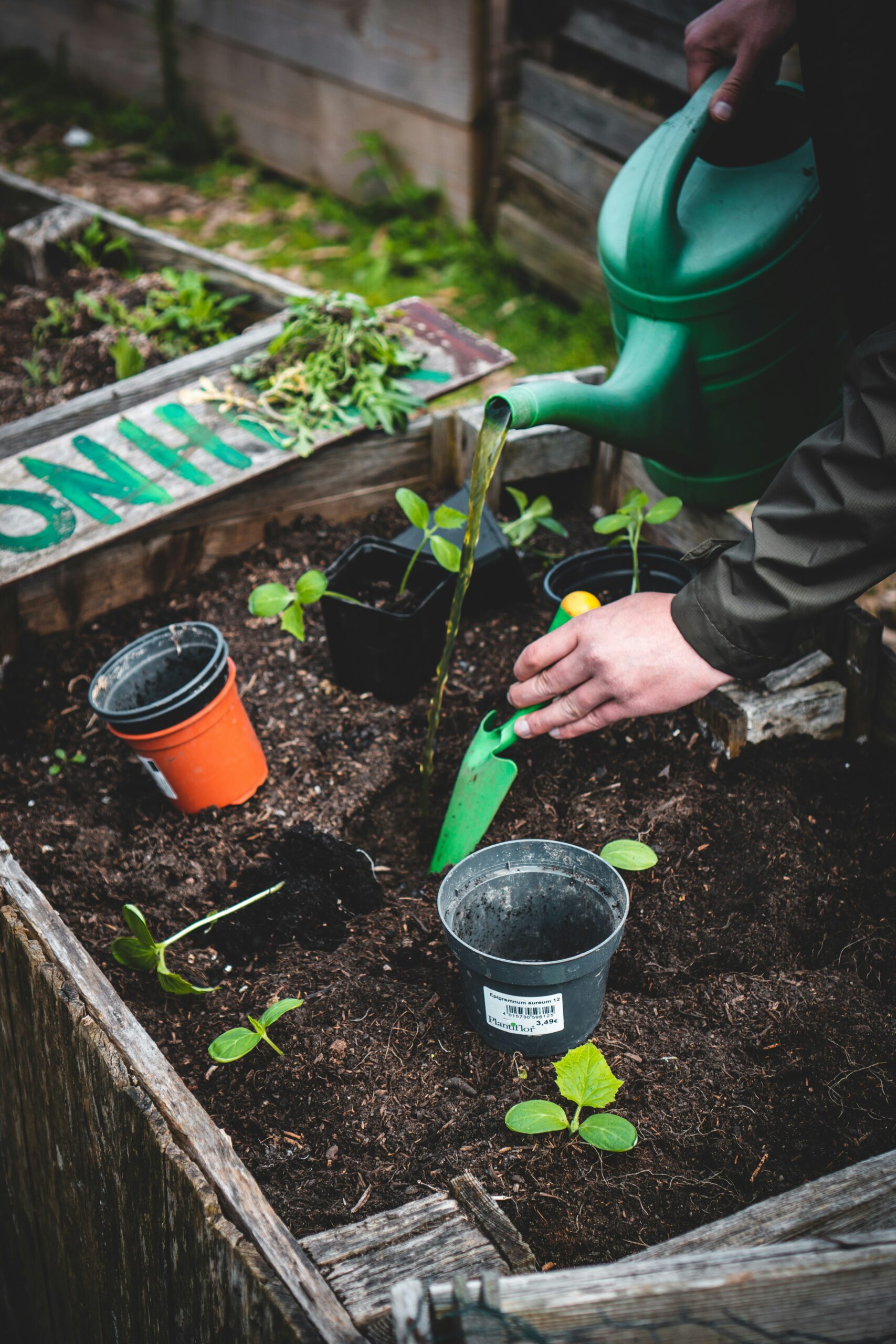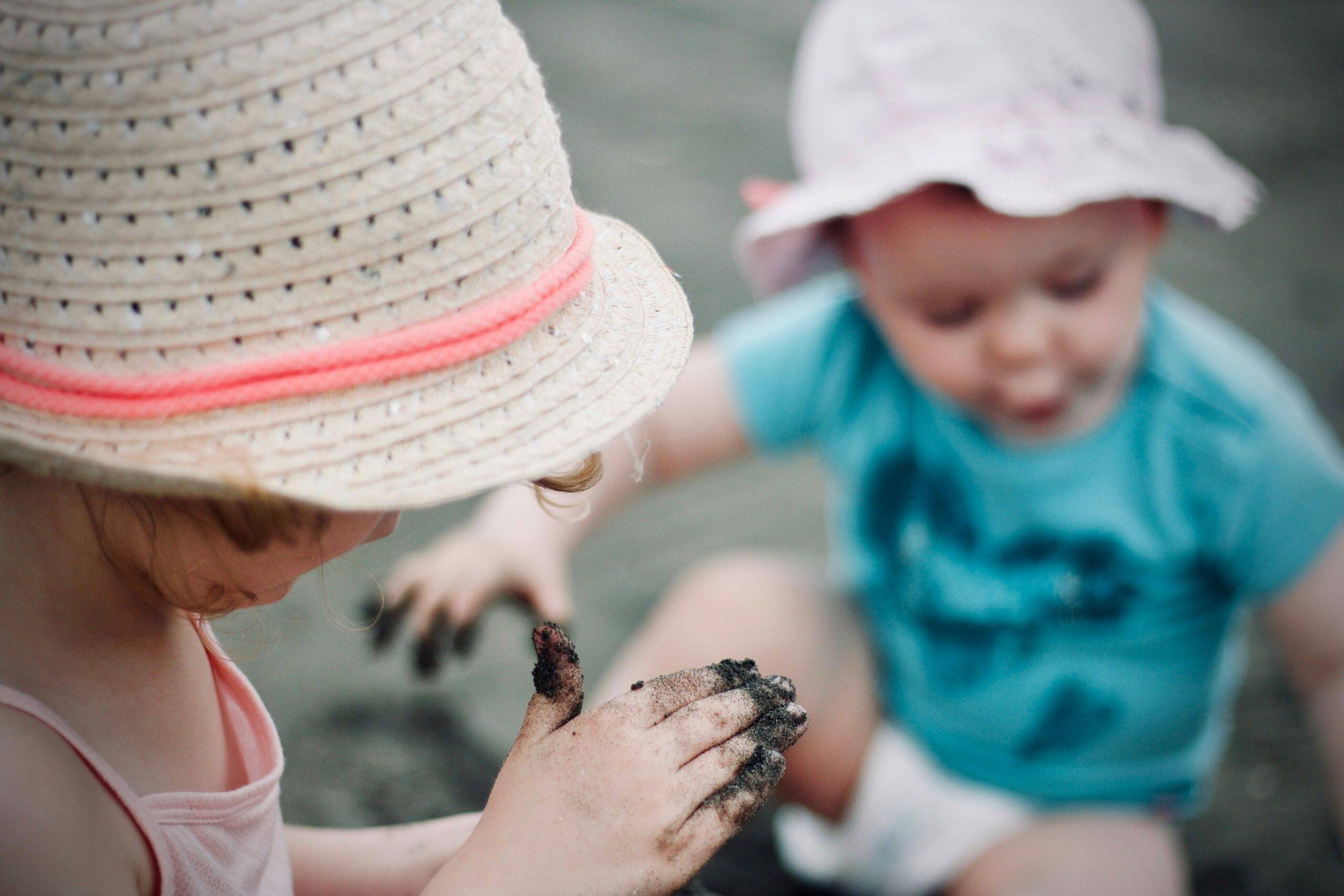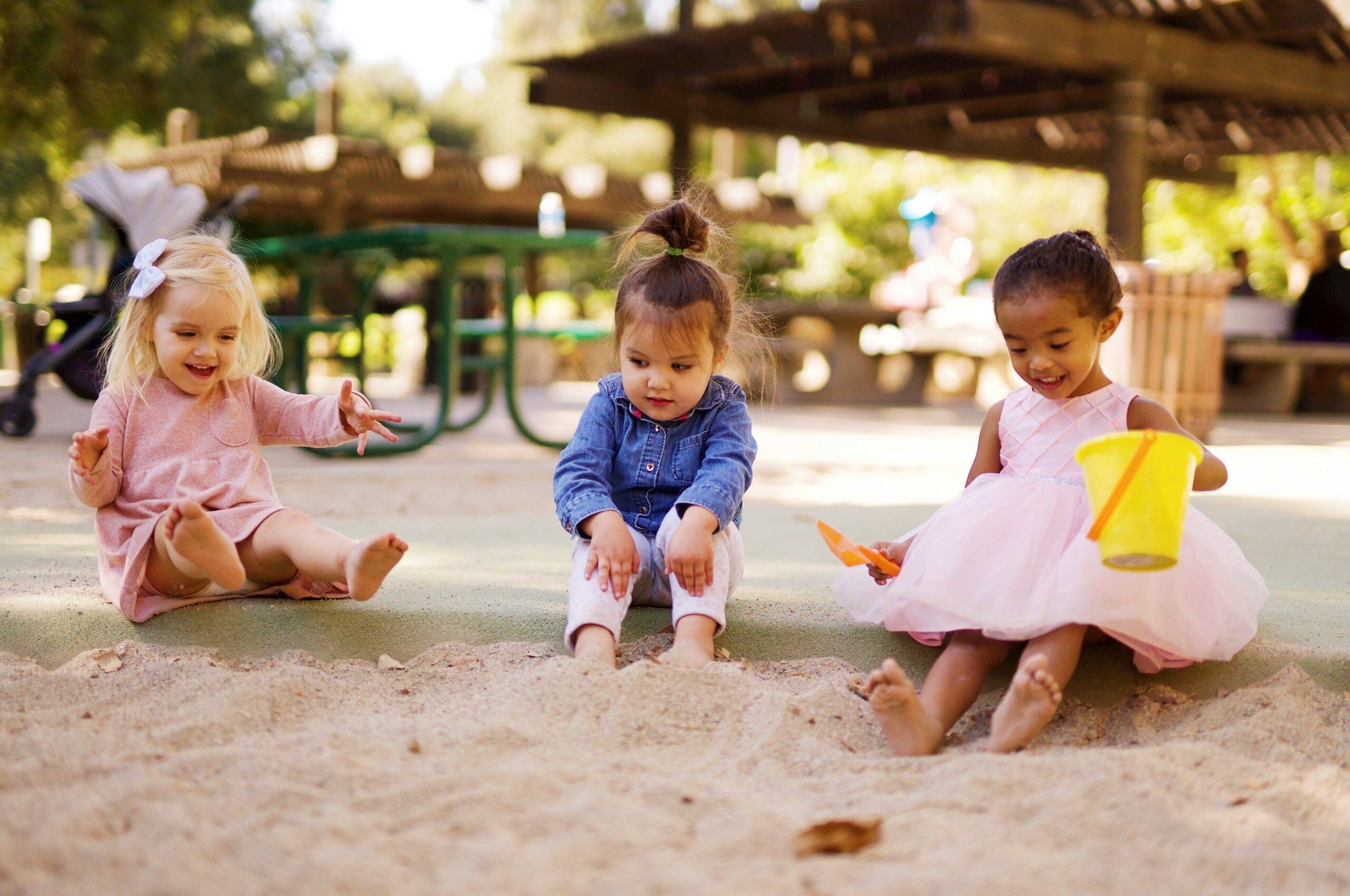Some of the links below may be affiliate links. This means that, at zero cost to you, I will earn an affiliate commission if you click through the link and finalise a purchase. All product recommendations are products that I have used and loved, or products that I would recommend based on experience.
So, your student has a strong phonological base and can identify and isolate the sounds they hear in words. Now what? The next thing you should focus on after speaking and listening is decoding.
How to teach a child to read – Start with single sounds
To read, children need to be able to decode the letters and words they see on a page. First, they need to know the names of the letters of the alphabet and their corresponding sounds e.g. the letter A makes the same sound you hear at the beginning of apple. Of course, some words have two letters that make one sound e.g. cow, has ow that makes one sound. When two letters are combined to make one sound, it’s called a digraph and three letters that make one sound e.g. -ing is called a trigraph.
Digraphs and trigraphs are only taught once children have a good handle on the individual sounds in words. These are not taught when you first begin teaching a child to read. You want them to have a really good grasp of the single letter individual sounds.
A daily, systematic approach to teaching reading with phonics
As a Pre-Primary foundation teacher, I really loved using the PLD Literacy Program ( I am not affiliated to them) to structure not only the sequence of my teaching but also oral language, phonological awareness and beginning writing. I really liked the comprehensive systematic approach which is exactly what the research tells us is most important for teaching reading – daily systematic synthetic phonics produces results!
Have a look at this video from PLD to get an idea how to go about this.
This page explains the importance of sounds in Literacy https://pld-literacy.org/alphabet-sounds-why-this-is-important-for-literacy/
Progress to blending single sounds together
For a child to read, they need to know the associated sounds of every alphabet letter, and then how to blend the sounds together to be able to read a word e.g. c-a-t is cat!
As teachers, blending always begins with those three letter CVC (consonant vowel consonant) words. Generally, we teach this with a picture prompt. Beside a picture of a cat the child arranges the letters c-a-t.
Here are some ideas you can teach reading of CVC words.
- Use individual letter blocks for the child to arrange the three letters into a word.
- Use magnetic letters on the fridge or a white board
- Use letter tiles like the ones you get in the Bananagrams game.
- Using sound or Elkonin boxes is an excellent way to get a child to associate each letter with a single sound. Later you use them for digraphs and trigraphs too. The idea is that each box represents a sound in a word. The child matches a letter (magnetic, block or printed on a square of paper) which represents a sound into each box to create a word. This is a great kinaesthetic way for children to understand that letters represent sounds and that when you put those sounds together (blend) you hear the word! Here is a similar tactile option. I found these great wooden sound trays on line you might like to check these out at https://isaacstreasures.com/collections/yellow-door/products/yellow-door-3-pebble-word-building-tray
- Write letters on the tops of plastic bottle tops with a permanent marker. It would be great if vowels could be in one colour and consonants in another colour. A fabulous way to practice and teach sustainability!
- My favourite way is to write the letters on pebbles. You can purchase these from garden centres or already done for you right here. This is a fabulous way to bring nature into your learning environment.
Introduce Sight words or High Frequency words
Sight words are taught alongside blending (when you put the individual sounds together) and segmenting (when you isolate the individual sounds). Sight words are words that cannot be easily sounded out and high frequency words are words that appear most frequently in texts. Often sight words and high frequency words are the same such as the, said, they, you, was, I etc. These words are usually taught using flash cards and repeated over and over again, until children can recognise them automatically. These words should never be sounded out, because we are trying to lessen the cognitive load of decoding. We are simply developing automaticity, so that when a child sees these words they automatically recognise and know them.
Generally, we will either teach Dolch or Fry sight words. Just google them and print off a list. You can easily make your own flash cards or go to one to the sights like Twinkl (they have Australian, UK and USA sites) or Teach Starter to get them ready made.
Start with just five words and as the child’s skill at recognising them increases, add in a few more until they can easily recognise all the sight words. Every child is different and some take longer than others to master sight words. Remember it’s not a race, so don’t panic if your child cannot read them all by the end of Year 1.
Introduce Decodable readers
Usually, the first books a child begins to read are decodables. Each book focuses on a particular sound making it easy for a beginning reader to master reading. There are many companies that sell these types of books including PLD which you can check out at https://pld-literacy.org/decodable-first-reading-books/#foundation-books
Reading Progress
As a child masters each skill they will quickly progress to learning digraphs and trigraphs and then more challenging readers to match their skill level. The important thing to note is that there is more to reading than just being able to decode the words on a page. Fluency is an important component of comprehension. It’s really difficult to understand what you are reading if you can’t read something fluently. So before moving to the next reading level or next decodable, ensure that the child has lots of practice and can easily and fluently decode the words on the page.
Comprehension – Understanding the words being read
Reading only becomes meaningful when we understand what we are reading. This is probably the most important skill of all. If a child does not understand what they are reading, they find it difficult to eventually answer questions in other subject areas, since they won’t understand what is asked of them. Neither will reading be the enjoyable experience that we all hope it will be for our children.
Vocabulary should be addressed in all stories you read with or to your children. Always explain what words mean and as children progress with their learning. There are many strategies that can be used to teach vocabulary.
Ensure you draw your child’s attention to the pictures in books. They are there for a reason…to help the child understand. Chat about what’s happening and don’t forget to ask questions. Focus on who, what, where, and why.
Who scared the Billy goats?
What did the pigs build their houses from?
Where was Little Red Riding Hood going?
Why did Jack climb the beanstalk?
The one program that I absolutely love for teaching comprehension is Pie Corbett’s program Talk for Reading. I also am a huge fan of Talk for Writing – How to Teach Story Writing and Talk for Writing Across the Curriculum. These are programs that focus on the most important skill first… Talking! I highly recommend you buy Talk for Reading and check out the other books in the Talk for Writing program. I have used this program to successfully teach my own students. It is wonderfully fun and interactive and it WORKS!
Conclusion
I hope you have gained an understanding of the process of teaching a child to read. It’s not difficult, but it does require a bit of reading and research on your part as well as a daily and systematic approach.
Patience will come in very handy too!
If you found this post useful or interesting send it to a friend that you think might benefit and share it using the buttons below. If you would like to have a chat or ask questions head over to my Facebook page to start a conversation.
Feed your curiosity: Discover, Learn, Thrive!
